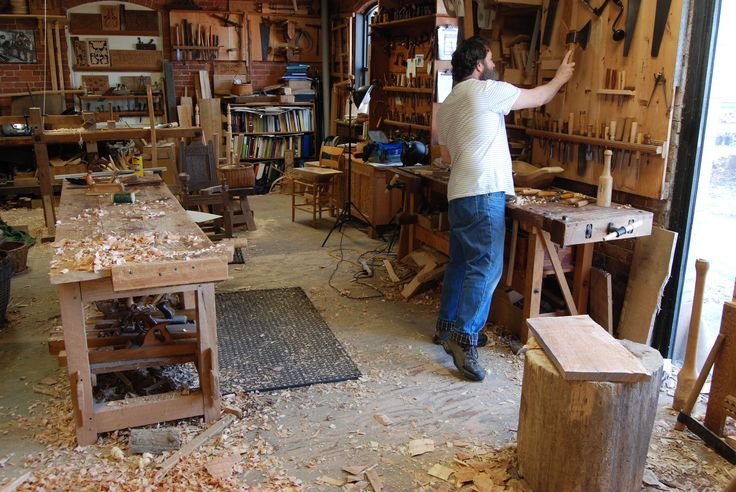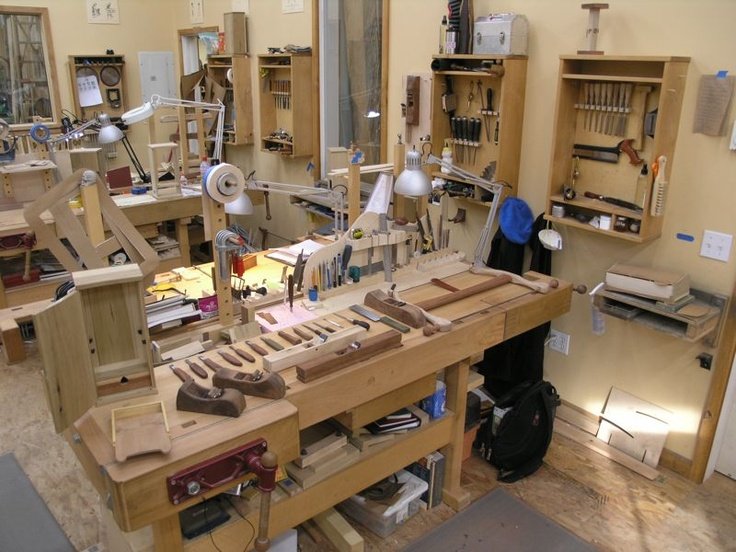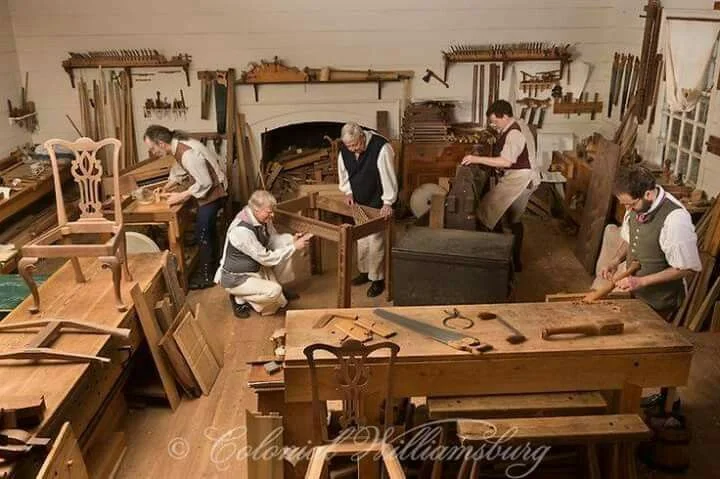Coffee, Wood, and Compound Angles: A Woodworker’s Tale
So there I was, one crisp Saturday morning, the kind where the frost kisses the grass just enough to make you think twice about slipping on your shoes. I had a steaming cup of dark roast in my hand, and the garage was still semi-dark, the light from the window spilling over my workbench like a warm handshake. I had this vision in my head of a beautiful set of shelves — you know, the kind everyone thinks about until they realize they’d have to actually make ‘em.
Now, I’ve dabbled in woodworking for years — I’m no pro, but I’ve made my fair share of coffee tables and wooden toys for the grandkids. I know a jig saw from a table saw, and I can usually tell pine from oak just by the smell of the wood. But this time, I wanted to push my boundaries a bit. I decided to tackle compound angles for the first time.
The Moment of Truth
I knew, from some talk over at the local lumber yard, that compound angles were like the secret potion of woodworking. The guys there were all excited about it, but honestly, I was intimidated. A lot. It sounded complicated. But my inner “what’s the worst that could happen?” voice was louder. So, I grabbed a few 1×6 boards of maple from the stack, and that sweet, nutty scent filled the air as I cut them down to size.
As I stood there, eyeing my miter saw like it was a contestant in a competition, I started to think, “Alright, how hard can this be?” Well, let me tell you: measuring an angle is one thing, but a compound angle? That’s like trying to find a needle in a haystack while blindfolded. You gotta consider one angle to cut one way, and then, oh boy, the second angle has to sort of, well, work with the first. It’s like a dance routine where you don’t know who has two left feet.
The First Attempt — A Beautiful Disaster
I took my first cut. Whirr of the saw, a little thrill rushes through me, you know? The feeling of a fresh project unfolding. But with the second cut? That was my facepalm moment. The board ended up a good half inch too short for the overhang I had planned. I mean, I stood there like, what did I just do? It was one of those classic situations where you can almost hear my own brain saying, “Why didn’t you plan this better?”
There I was, coffee mug in one hand, measuring tape in the other, feeling like an idiot. I nearly tossed everything aside in frustration. I almost gave up, but then I noticed the sunlight spilling in through the garage window, illuminating the mess I had made. It reminded me why I love woodworking — that sense of possibility, even in failure.
Learning Through Mistakes
After a deep breath (and maybe a sip or two more of coffee), I picked up the blocks of wood again and tried to laugh it off. I grabbed my trusty framing square, checked my angles, and, miraculously, the saw cut on the second try came out just right. The satisfying pop of the blade as it sliced through that maple gave me a little rush.
But wait, I wasn’t in the clear yet. I soon realized my angle wasn’t just about the cut. It had to fit into the bigger picture of how it would connect with the adjoining pieces. I referenced an old book my grandfather had given me, labeled “Woodworking for the Everyday Guy.” If you’ve never flipped through one of those older books, you should; they have a certain aroma of sawdust and musky pages that just… gets you in the mood.
The Sound of Success
After hours of trial and error, I finally pieced everything together. It was one of those moments — you know the type. After testing the fit with clamps and adjusting a few more angles that I’d cursed earlier, it all lined up perfectly. I laughed out loud as I secured the last screw.
And let me tell you, the first time I stood back to look at that shelving unit, I felt like a rockstar. The lines were clean, those angles? Pretty darn sharp. All my missteps suddenly transformed into a much-needed tutorial of reality rather than myth.
I learned, the hard way, that sometimes the journey is more valuable than the destination. The sweat, the laughter, even the frustrations — they all add up to give you something more significant than a shelf. They give you a piece of yourself.
Creating with Heart
Now, every time I walk past those shelves, I remember the smell of freshly cut wood and that satisfying thunk of the hammer against the nails. More than just a piece of furniture, it’s a lesson: Don’t shy away from compound angles, even when they seem daunting. Each mistake is a stepping stone, each oops moment a chance to learn.
So, if you’re thinking of giving it a go, remember: mistakes happen. Just embrace them. I wish someone had told me all this when I was just starting out. But who knows? Maybe I was meant to learn the messy way, like dancing through the woodshop with a cup of coffee in hand, ready to take the next step, no matter how crooked the line. In the end, the journey is what counts, and you just might surprise yourself along the way.


-768x768-150x150.jpeg)






